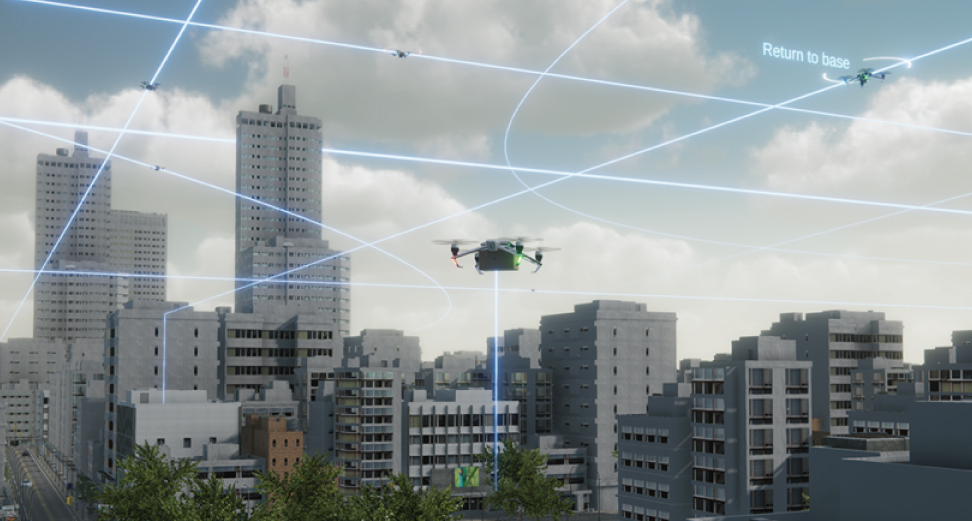
With the Pacific Air Show in Southern California this weekend, here’s a look at some aviation projects NASA is developing.
Small drones delivering packages, air taxis carrying passengers or air ambulances providing lifesaving transportation — these are just some of the concepts NASA’s Advanced Air Mobility initiative is hoping to achieve. New or enhanced infrastructure will be needed in cities, suburbs and rural areas for these aircraft to safely operate.
Several research projects supporting Advanced Air Mobility are underway, and one focuses on automation. Technology like this could enable vehicles to operate without a pilot, or if a pilot is in the loop, increase the safety.
While the concept of urban-centered air transportation has existed for decades in limited availability in the form of conventional helicopter transportation, this has not been widely accessible due to high costs and public opposition to noise and pollution. Recent technological advances have allowed the concept to be explored more seriously. Significant improvements in electrical energy storage and capacity will enable electric aircraft that will reduce costs and noise, and provide greater safety.
NASA’s vision for Advanced Air Mobility is to map out a safe, accessible and affordable new air transportation system alongside industry, community partners and the Federal Aviation Administration.
Once it’s developed, passengers and cargo will travel in innovative, automated aircraft that take off and land vertically across town, between neighboring cities or at other locations typically accessed today by car.
The perceived benefits are:
Easier access for travelers between rural, suburban and urban communities.
Rapid package delivery.
Reduced commute times.
Disaster response.
New means for medical transport of passengers and supplies.
NASA ‘vertiport’ research takes flight
Recently NASA developed a vertiport – a hub for aircraft that take off and land vertically – for testing. Much of the country’s air infrastructure is dedicated to airplanes. But in the future vertiports will become increasingly important, especially in urban areas.
NASA’s Langley Research Center in Hampton, Virginia, and the agency’s Ames Research Center in the Silicon Valley recently completed a series of high density vertiport tests that marked a significant step toward the future or urban flight.
The researchers faced three challenges:
Developing a prototype urban air mobility system.
Creating automated systems for aircraft operations.
Managing airspace, ground control and vehicle fleets.
Initially, the unmanned aircraft corridors connect vertiports to support point-to-point movement. As operations evolve, corridors may be segmented and connected to form more complex and efficient routes.
Advanced Air Mobility market
Deloitte, a business analysis company, and the Aerospace Industries Association predict the market for the technology will grow sevenfold from 2025 to 2035.
Sources: NASA, FAA, Sikorsky, urbanairmobilitynews.com, Deloitte Insights
